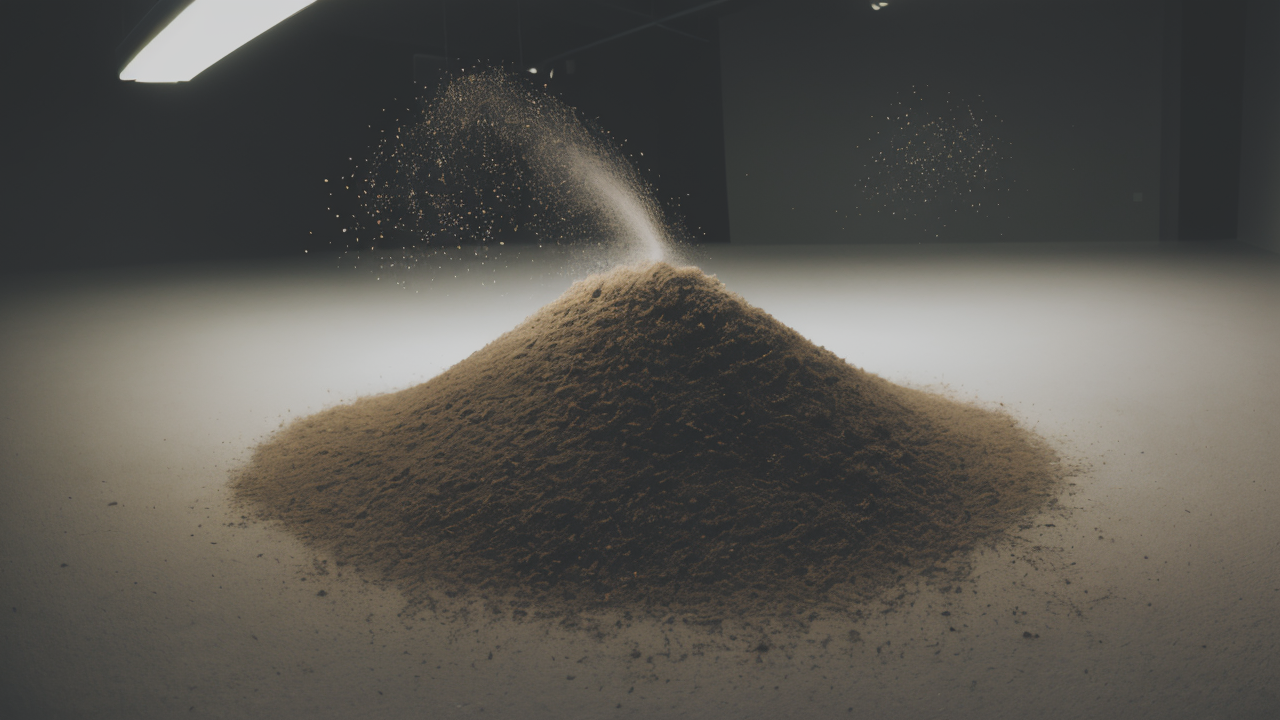
Embracing Wabi-Sabi: The Intersection of Modern Aesthetics and Japanese Design Principles
The Resurgence of Wabi-Sabi in Modern Art
Understanding Wabi-Sabi: History and Principles
Wabi-Sabi is a Japanese concept that finds beauty in imperfection. It has roots in Zen Buddhism. The idea values simplicity and the natural aging of objects. Wabi means rustic simplicity. Sabi refers to the beauty that comes with age and wear.

Key principles of Wabi-Sabi include:
- Accepting flaws
- Appreciating natural processes
- Valuing authenticity
- Embracing minimalism
- Recognizing impermanence
In art, Wabi-Sabi often appears as weathered textures and muted colors. It values handmade items. It celebrates the unique marks left by time and use. This aesthetic has gained new interest in modern art. It offers a contrast to mass-produced, perfect objects.
Wabi-Sabi in Contemporary Art: Examples and Interpretations
Today's artists are finding new ways to use Wabi-Sabi ideas. Many are drawn to its focus on simplicity and natural materials. For example, some ceramic artists make uneven pots with rough surfaces. Painters might use earth tones and show their brush strokes.
Some notable examples of Wabi-Sabi in modern art include:
- Axel Vervoordt's simple interiors that mix old and new
- Hiroshi Sugimoto's photos of the sea that show the passage of time
- Agnes Martin's quiet grid paintings that invite calm reflection
These artists embrace the beauty of imperfect and changing things. They often use found objects or materials from nature. They let natural processes shape their art. This approach speaks to people looking for real, natural beauty in a digital world.
In photography, Wabi-Sabi ideas show up in pictures of worn surfaces or brief moments. Painters might add subtle textures or leave parts of the canvas bare. Sculptors often pick materials that will change over time, showing how things don't last forever.
Impact of Wabi-Sabi on the U.S. Art Market
How Wabi-Sabi Influences Art Galleries and Exhibitions
Wabi-Sabi has changed how U.S. art galleries show and sell art. Many gallery owners now look for art that shows simplicity and imperfection. This has led to more artists using natural materials and simple designs being shown in galleries.

Galleries are changing their spaces to match Wabi-Sabi art. Some new trends include:
- Simple interiors with natural finishes
- Displays with fewer pieces, giving each work more space
- Using natural elements like stone or wood in the gallery design
Many shows now focus on how art is made, showing the handmade quality of works. Some exhibitions let visitors touch the art or join in making it. This fits with the Wabi-Sabi idea of experiencing things fully.
Art fairs and big shows are also using Wabi-Sabi ideas. Many now have quiet areas for thinking about art. These calm spaces are different from the usual busy art fair. They let people spend more time with each piece of art.
The Role of Wabi-Sabi in Art Education and Pedagogy
More and more, art schools are teaching about Wabi-Sabi. Many now offer classes or workshops on this Japanese idea. These programs teach students to see beauty in everyday things and accept imperfection.
Wabi-Sabi in art education often includes:
- Focusing on the process of making art, not just the final product
- Using natural and found materials
- Practicing mindfulness and careful observation
- Learning about Japanese art history and philosophy
Students learn to slow down and notice small details. They work with materials as they are, rather than trying to make them perfect. This helps students be more creative and develop their own style.
Some schools connect Wabi-Sabi ideas to talks about making art in eco-friendly ways. By valuing simple things and natural processes, students learn to make art without harming the environment. This fits with growing worries about how art-making affects the planet.
Implementing Wabi-Sabi Aesthetics in Artistic Practices
Techniques and Materials for Achieving Wabi-Sabi Effects
Artists who want to use Wabi-Sabi ideas in their work have many options. The main idea is to accept imperfection and let nature play a part in making art.

Some popular techniques include:
- Kintsugi: Fixing broken pottery with gold
- Shou sugi ban: Burning wood to make it look weathered
- Raku firing: A way of firing pottery that creates unexpected results
- Rust dyeing: Using rusty metal to make patterns on fabric
Materials that work well for Wabi-Sabi art include:
- Natural fabrics like linen and cotton
- Pottery with little or no glaze
- Old or driftwood
- Handmade paper with visible fibers
Artists often mix these materials and techniques. The goal is to show the natural beauty of simple, imperfect things. They want to reveal the charm in objects that show signs of age or wear.
The Future of Wabi-Sabi in Visual Art and Design
Looking ahead, Wabi-Sabi ideas seem likely to become even more important in art and design. This style offers a break from the perfect, shiny look of digital design and mass-made products.
Several trends suggest Wabi-Sabi will grow more popular:
- More interest in handmade and crafted items
- Growing concern about making art in eco-friendly ways
- Desire for real, touchable things in a world of screens
- Appreciation for mindfulness and living more slowly
In the coming years, we might see more Wabi-Sabi ideas in public spaces and buildings. This could mean buildings designed to look good as they age, or parks that show natural changes over time.
Even digital artists are finding ways to use Wabi-Sabi ideas. Some create computer programs that add small flaws or mimic natural aging. Others use digital tools to explore how things change over time.
As we face environmental challenges, Wabi-Sabi's focus on simplicity and respect for nature may become more relevant. It shows how to create beauty with few resources, linking art to care for the environment.
In conclusion, Wabi-Sabi continues to inspire artists today. Its influence goes beyond traditional art into design, architecture, and even digital art. By embracing imperfection and change, this old philosophy offers new ways to think about making art in the modern world.


